Dr Idrees Rasouli
Staff. Associate Professor, Art & Design.
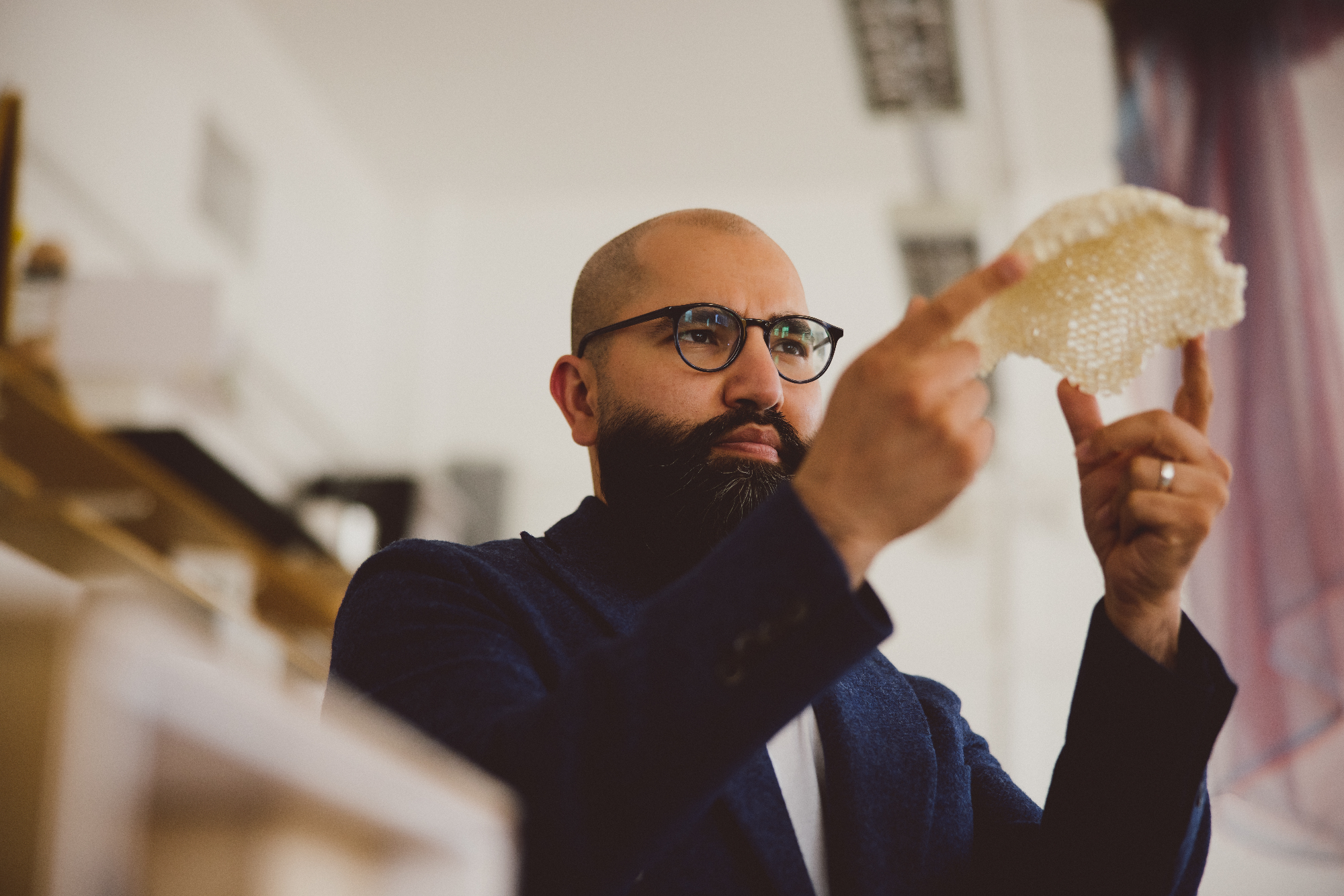
An award-winning designer, academic, and researcher of products, processes, and places, with a focus on innovation and transformation, Dr. Idrees Rasouli is Deputy Head of Cambridge School of Art and Associate Professor of Art & Design, responsible for influencing and shaping the future of Art & Design education to deliver world-class teaching and research at the intersection between Art & Design practice.
Through his own practice, X-Crop, as well as consultancy, teaching, and writing, Idrees works with a wide range of cities, organisations, and people to help them solve issues of urbanisation in the 21st century, and his international profile includes collaborations in fifteen countries, alongside research and commercial-educational partnerships with more than eighty organisations.
What one piece of design inspired you to do what you do now?
Throughout my life I have been inspired by different designers, mainly Buckminster Fuller (systems-thinking), James Dyson (engineering), Rem Koolhaas (architecture), Isamu Noguchi (art), and Kenya Hara and Don Norman (design-thinking). The very first thing that inspired me to what I do now is most probably coming across Buckminster Fuller’s radical car design ‘The Dymaxion Car’ that he designed in the 1930s. I found his design philosophy behind the car fascinating, how we should consider sustainability, technology, and human-centred design as central components of our solutions to everyday needs. In addition, his approach to design always considered the afterlife of materials, that alternative function which would enable different mode of use, and the fact that his thinking always triggered the need for exploring new possibilities for making the future of living-beings and the environment better by design.
The Dymaxian Car, in my opinion, brings together the fields of systems-thinking, engineering, architecture, art, and design-thinking under one umbrella to conquer a challenge, and this is the approach I take in my work. I believe that design should start from ‘small things’ - like a ‘tornado’ that starts from small ideas and gradually turns into a bigger one. A bottom-up approach and way of thinking that integrates the immediate context, resources, systems and processes to find the most important problems in our cities, organisations and communities through observing and noticing everyday life conditions, and then trying to capture and turning them into something that’s simple, thoughtful and impactful as well as easy to understand and share.
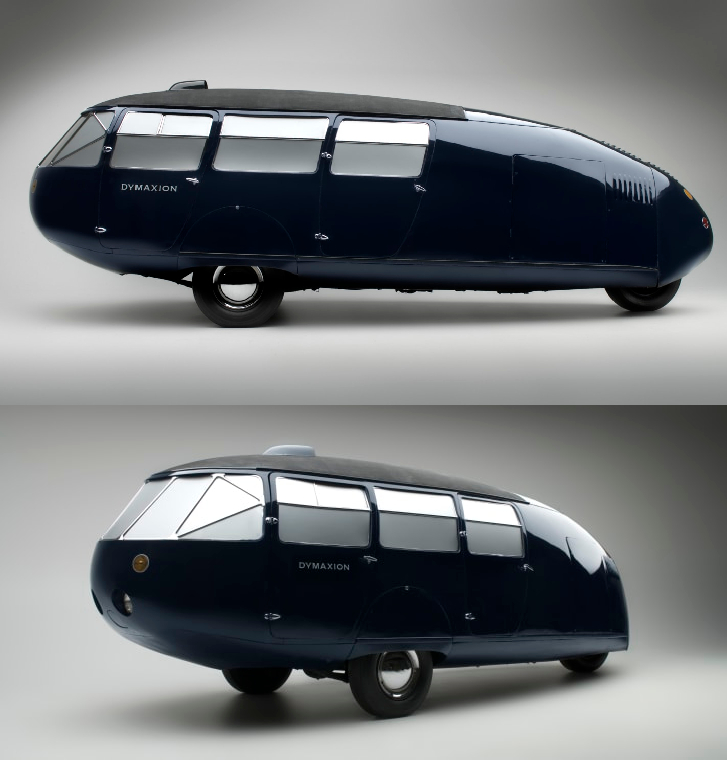
What’s the most valuable thing you took away from education?
Education has allowed me to rediscover the unknown, accumulate culture in my own hands, and understand the value of looking at things in an unlimited number of ways. It has enabled me to strain my eyes and ears in order to observe and activate new ways of perceiving the world, discover and question the everyday life, and build new outstanding relationships and ideas through conscious and sensible practice. Education, for me, is the vocation of risk-taking and experimentation, and the process for taking both the past and the future serious, favouring neither, putting them into a cross-disciplinary perspective, and making full use of all.
What single piece of advice would you give your younger self?
Slow down. Be articulate and kinder; always test and guide your actions by taking the time to reflect; give yourself permission to experiment and take risk; identify and plan your goals but be flexible in your journey in achieving them; work harder and dream always; choose your boss based on their merit; think deeply about humanity and the creations in the universe; people are different; eat well and be thankful always.
What do you think being at art school is like nowadays...?
Art schools build ambition, and they drive for excellence. Their desire is to be a beacon of hope for students, their families, and researchers everywhere. Art schools have the potential to make individuals and communities achieve great things through creativity, amalgamation of physical and digital, divergent thinking skills, and build confidence as well as a sense of belonging and individual identity.
Today’s art school provides a unique platform for young and old to discuss the many different cultures of our world through digital practices, question socio-economic conditions by understanding current and future needs, explore solutions to multifaceted global challenges and influence policy and governance by acting as a nexus for collaborative creative enquiry.
Today’s art school enable us to hone our critical thinking and learning skills towards a common goal; of make the world a better place and within it the life of humans and non-humans. Art schools connect people more deeply with the world and open us to new ways of seeing and doing, forging social bonds and community cohesion.
Being at art school is to prepare for the future - to imagine and envision beyond problem solving and ask the “why” and “what if”, to be ethically responsible citizens, and to be human beings who can tackle social, environmental, economic, and political challenges head-on whilst enjoying the deeper forms of beauty and different cultures.
…and what will the future of art schools be like?
Future art schools will be a place where students will go beyond the current model of understanding technology towards that which enables them to develop and apply technology ethically and sustainably - a conduit between the present and the future by clarifying the confused, reframing the old, illuminating the mundane, and humanising the technological. For this to happen, future art schools will expand the curriculum to include science and technology and focus on training and practice that stays concerned about the future as much as the past.
The future art schools will be a place to disrupt outdated ways of seeing, listening, thinking and making whilst driving cultural, social and institutional change. A place that is decentred, disruptive, evolving, inclusive, and porous as well as dynamic, flexible and wide open to experimentation and co-learning with the world. The future art school will transform from the existing model of ‘imagining and researching big problems’ to one that ‘solves big problems’ and in the process repairs social, environmental, economic, and political systems.
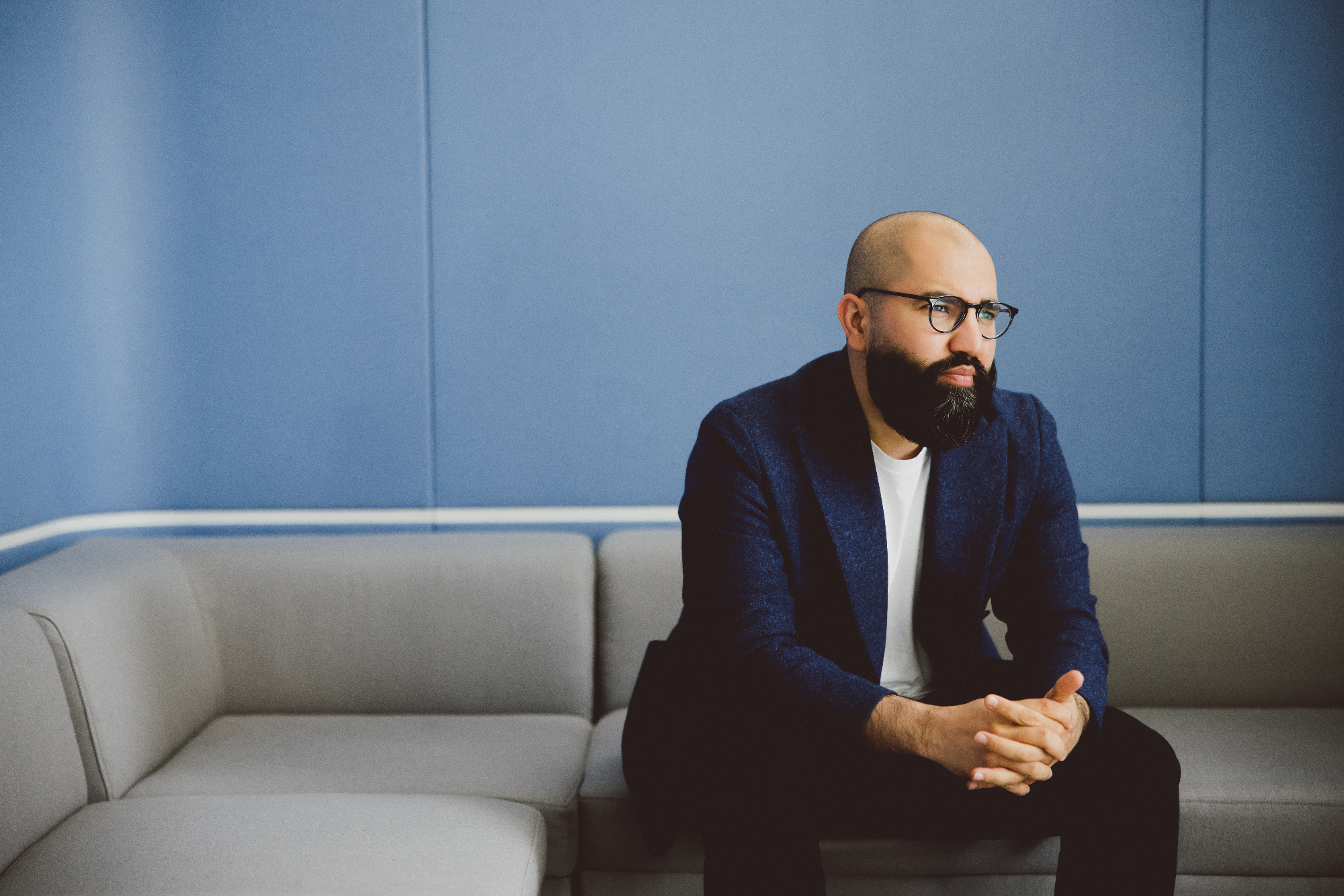
What’s the most interesting thing you get to do in your role?
I love how every day there’s a new challenge to conquer and knowing that my work has made a real different in someone’s life and in making the world a better place. My role allows me to continuously rethink and innovate, try harder and better, have a voice and solve the issues and big questions surrounding art and design education, governments, industries, and the future of humanity.
I am very lucky to have the relative freedom to shape and lead the future of CSA during this ‘Decade of Action’ and to add to its 160+ year history of inspiring creativity, whilst being in the company of other brilliant minds, working with students from around the world and doing something with societal, environmental, economic, and cultural value.
What projects are you currently working on?
I am the Chair of Art & Design and lead for academic and research activities in Art & Design disciplines at the School and Faculty levels, including reviewer for REF29 Unit of Assessment 32 (Art & Design), teaching, curriculum innovation, validation, and periodic reviews, while also engaging in research, enterprise, and scholarly activities to serve regional and international industries relevant to the discipline and profession.
Currently I am working with various teams to reposition the Cambridge School of Art, academic staff, and existing research and academic provision to make them future-facing, global and leading-edge. I have been leading the planning and development of formal and informal offerings as well as new and exciting undergraduate and postgraduate courses, (including a new postgraduate framework for art & design education that includes MA Art, Health, and Wellbeing, MA Interior Design Innovation, and MA Human-Centred Design), with a focus on extending the school’s Art & Design curriculum and portfolio, particularly around ethical, inclusive, and systemic practice and innovation; looking at how we can move beyond disciplinary boundaries towards interconnected, holistic, analytical, decolonial, and entrepreneurial approaches that enable positive contribution to society, health, and planet.
Additionally, through my own practice, X-Crop, I have been collaborating with various public and private sector businesses and communities, as well as designers, researchers, artists, creative technologists, anthropologists, ecologists, scientists, social economists, strategists, engineers, and architects to improve the emotional, physical, and community well-being, as well as the environmental and economic well-being of cities, organisations, and people. I am often involved in multi/transdisciplinary design research and consultancy projects exploring products, processes, services, and systems that address complex human and urban needs; designing meaningful interactions and ecosystems that define goals, establish direction, and achieve the big picture within the context of larger systems; and designing spaces and experiences that improve social, cultural, physical, and health conditions.
How does your life outside of ARU inform your teaching and research?
I am a people’s person; someone who, like a motor, gives and produces energy through motion by exchanging ideas, having conversations and discussions with individuals from different fields and cultural backgrounds. I am a Senior Fellow of The Higher Education Academy, a Fellow of The Royal Society of Arts, and Academician of The Academy of Urbanism, all of which enable me to actively contribute to the social, cultural, economic, political, and physical development of cities, organisations, and people. Additionally, the combination of travelling (locally or internationally), activities that involve engaging with different people, cultures and institutions, and reading informs my teaching and research, and allows me to reflect, learn, and re-learn on a regular basis, which in turn makes me conscious of my process and ability to adapt and respond to change.
I am often humbled by my students’ and colleagues’ potential, creativity, tenacity, and positivity despite the difficulties they face in education and the industry. Equally, I’m interested in the synergy between [1] the purpose of an art/design school, [2] the advances in technology and science, [3] the needs of the city where the school is based, [4] the stimulus of national and international industries and institutions, and [5] the culture, creativity, and resilience of the school’s multidisciplinary staff and its diverse body of students. Therefore, I am always curious about how we engage with and bring these [Big 5] factors together and how we connect all of the complexities of design to the real-world difficulties that people, organisations, and cities face. Simultaneously, I am interested in exploring the art school as a 'nexus' to nurture dynamic ecosystems and design as a 'catalyst' to bridge societal gaps. And this is the type of thinking that, I hope, will contribute to making art and design education more inclusive and design research and practice more relevant to all communities.
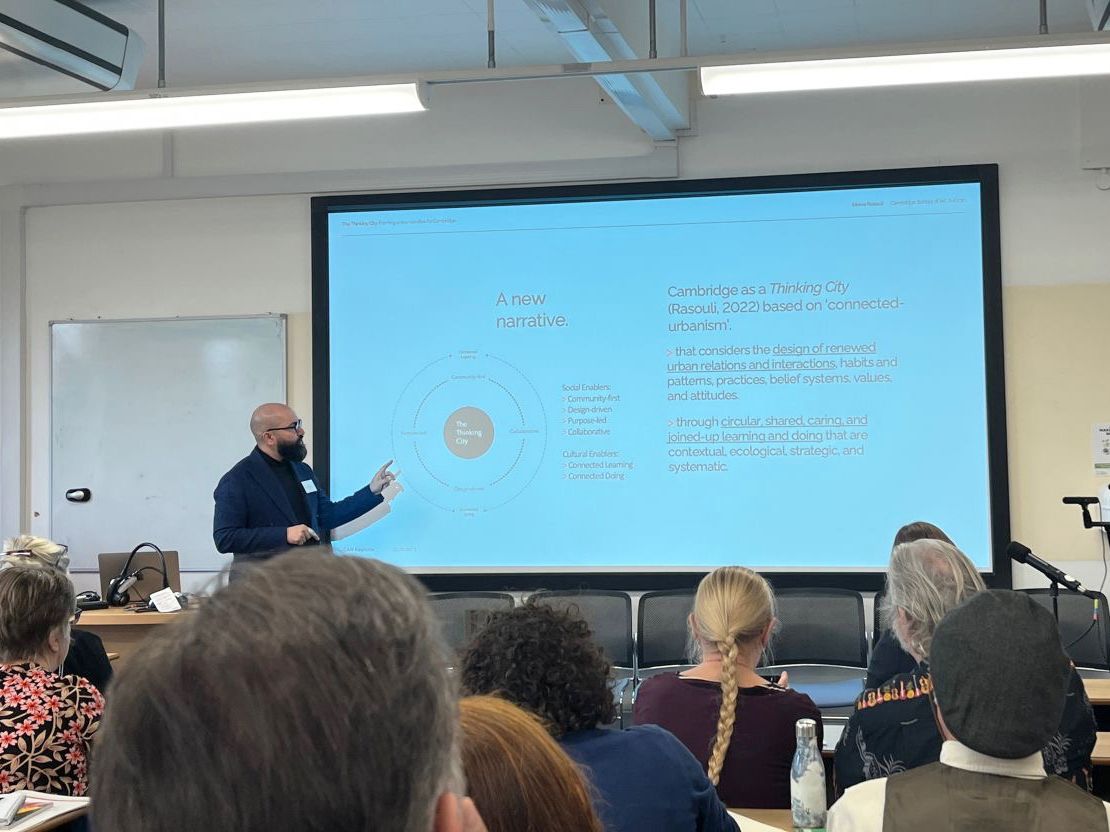

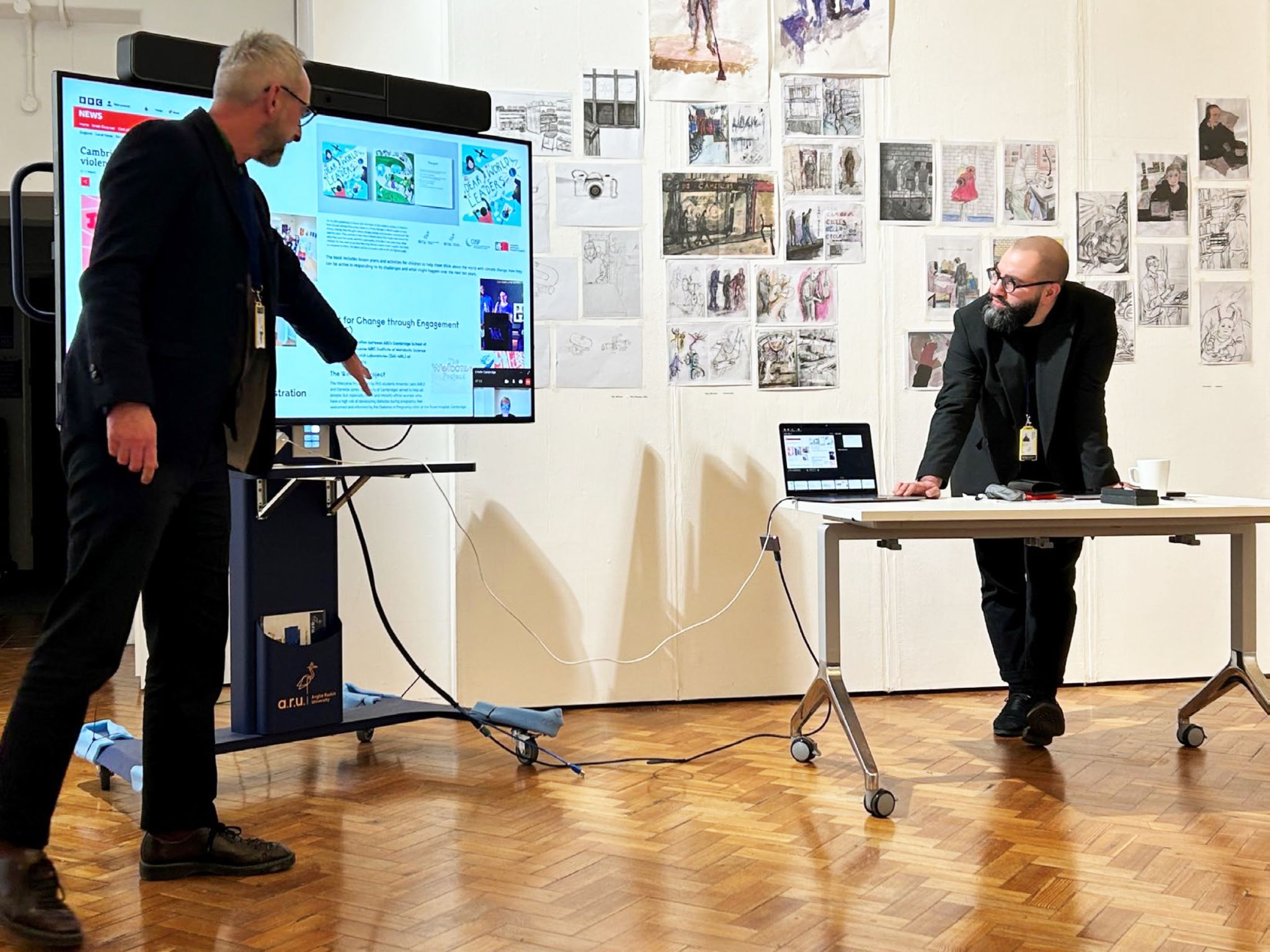










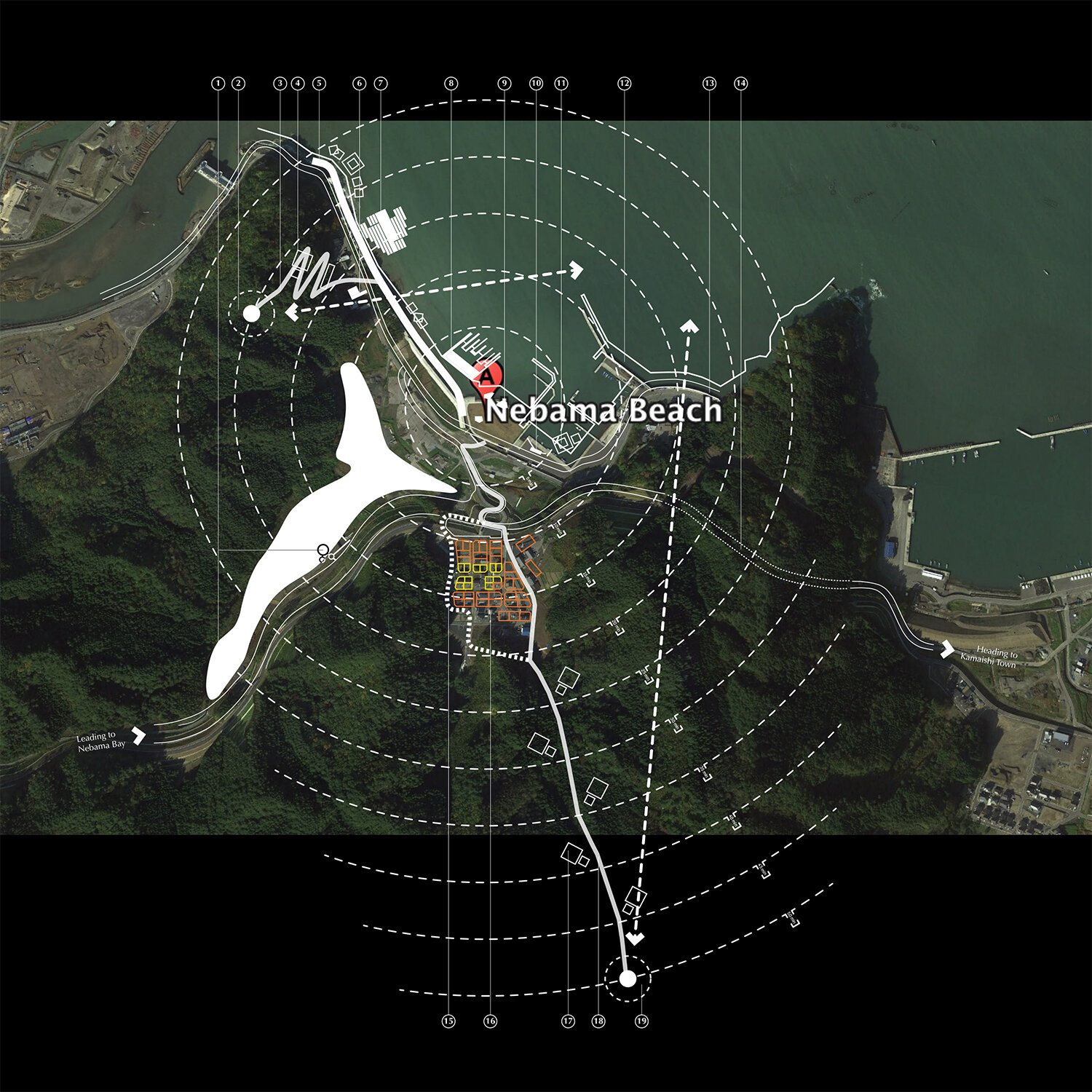


Where now
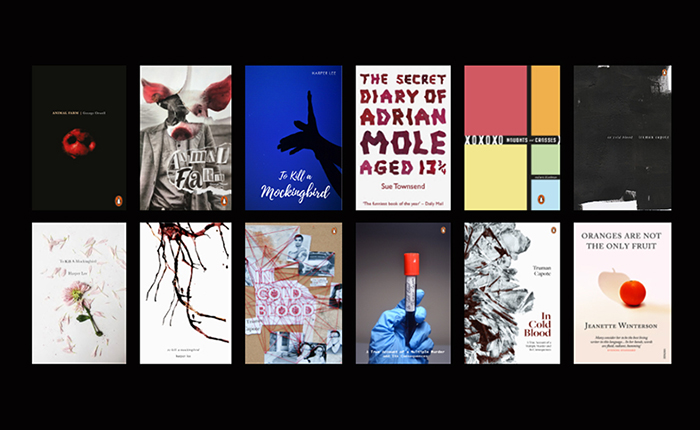
ARU
BA (Hons) Graphic Design
With its vibrant studio culture, our Graphic Design degree will encourage you to push boundaries and challenge existing thinking by developing innovative design solutions as well as a keen understanding of professional practice.
Find out more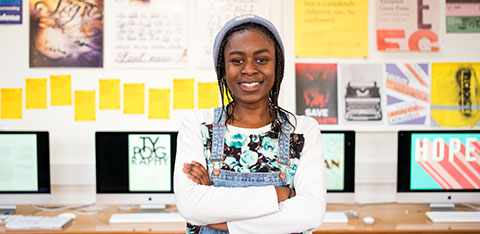
ARU
Cambridge School of Art
Combining the traditions of our past with the possibilities afforded by the latest technologies, we nurture creativity through experimentation and risk-taking to empower the makers and creators of the future.
Visit site